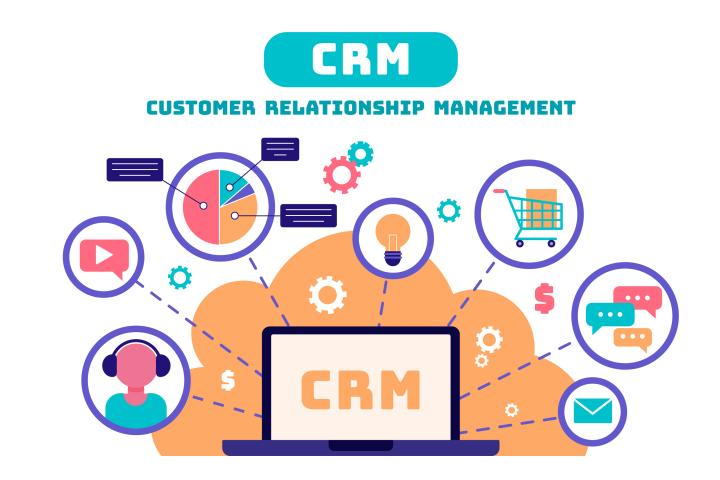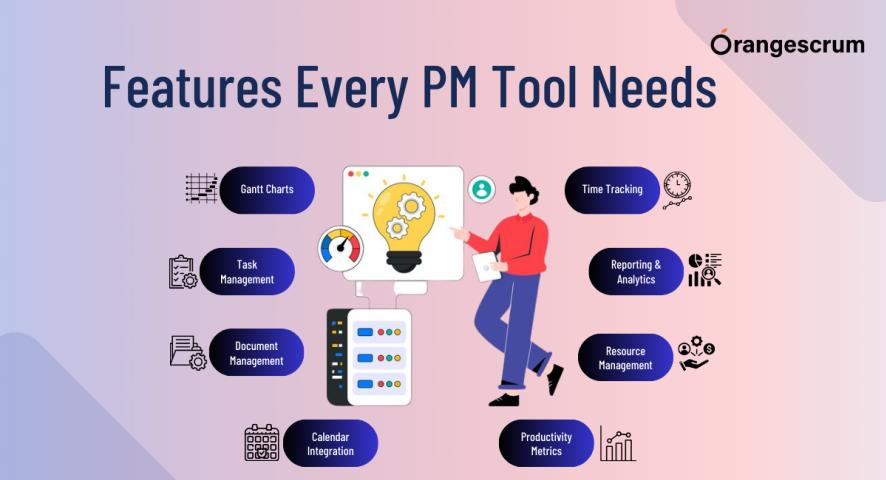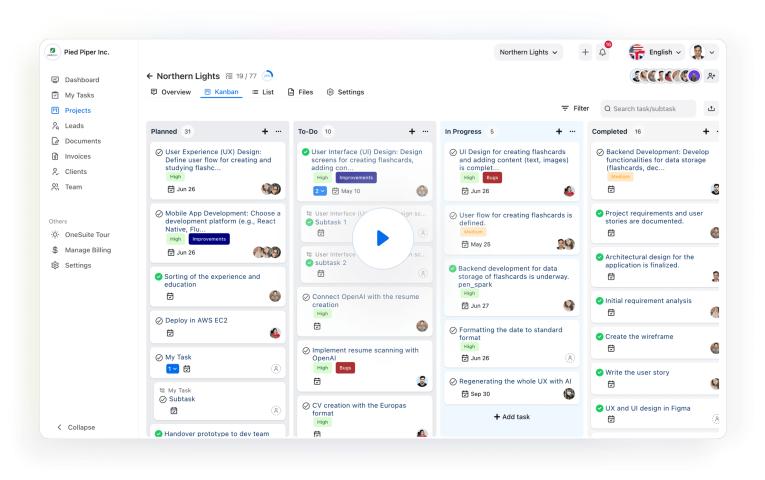Businesses of all sizes increasingly engage in international trade as a part of the global economy. If you have a small business and want to explore new markets, you need to simplify cross-border payments. This will help you run your business more smoothly and improve your financial performance.
However, dealing with the intricacies of international payments can be overwhelming. This blog highlights tips on making international transactions more accessible and better for your business with international remittance software.
Let’s look at each tip one by one!
1. Choose the Right International Payment Method for Your Small Business
The foremost technique to employ when expanding payments across borders is choosing the best overseas payment method for micro-enterprises. There are a number of options available, and each has its pros and cons as follows:
Wire Transfers: Wire transfers are typical for making international payments. They can be expensive, and completing these transactions might take several days. Accepting credit card payments is convenient for customers, but high processing charges may discourage businesses from this option.
Digital Wallets: Digital wallets such as PayPal, Stripe, or TransferWise facilitate international payments. These platforms are highly friendly to users and have lower costs, though their availability varies depending on the nation.
When selecting an international payment method for a small business, consider transaction rates, currency pairs available, and popularity among customers and recipients.
2. Leverage International Remittance Software
International remittance software can revolutionize operations for companies that frequently make cross-border transactions. These software solutions are designed to simplify and automate the remittance process, ensuring faster and more cost-effective payments.
Here’s how international remittance software can benefit your business:
Automated Currency Conversion: Many remittance service providers offer real-time currency conversion tools that automatically calculate the amount in destination currency without manual calculations.
Lower Transaction Costs: Through direct connections to multiple financial institutions, remittance software can reduce fees related to money transfers and present more competitive prices for foreign exchange (FX) rates offered.
Compliance and Security: The leading remittance solutions have built-in compliance features that ensure all transactions adhere to local regulations and global standards. These platforms also prioritize data security, protecting sensitive financial information.
Investing in reliable cross border remittance software will make your payment processes easier and cheaper and assure you of security when transacting across borders.
3. Optimize Currency Exchange Strategies
One critical issue when making cross-border payments is the unpredictability of currency exchange rates. Here are some strategies that can be used to lessen the effect of currency volatility:
Use Forward Contracts: Forward contracts allow businesses to fix future exchange rates for their transactions. This protects against unfavorable rate changes and ensures more predictable costs.
Read more :- Proven strategies to reduce remittance costs for providers and customers
Set Up Multi-Currency Accounts: Opening multi-currency accounts may streamline payment processing if you frequently deal with various currencies. These accounts allow you to hold and manage different currencies, thus reducing the need for continuous conversions.
Monitor Exchange Rates: Watch how currencies behave and decide on the best time to send money through them. Some international remittance software solutions provide alerts and insights into exchange rates, allowing users to optimize their timings for better results.
Partner with Currency Exchange Experts: You may get better rates and expert advice on managing exposure risks by working with specialized currency exchange service providers.
4. Streamline Payment Processes with Technology
Technology must be tapped into for companies globally to simplify their payment systems, something digital technology has necessitated.
Here are some technological tools or innovations that can enhance your payment processes:
Payment Gateways: A general payment gateway integrated into your e-commerce platform enables you to receive funds from anywhere in the world where someone wishes to buy your products or services. These gateways accept different types of currencies and modes of payment, enabling international customers to do their business smoothly.
Blockchain Technology: Blockchain is a decentralized, secure technology processing cross-border payments. By eliminating intermediaries, Blockchain reduces transaction costs and speeds up payment processing time.
API Integrations: Application Programming Interfaces (APIs) allow different software applications to communicate seamlessly. By linking your international remittance software with your accounting, invoicing, and banking systems, you can automate the payment process, which will reduce human errors.
5. Ensure Compliance with International Regulations
Cross-border payments require compliance with international regulations. Failure to comply can lead to penalties, legal implications for the organization, or even interrupt its activities.
To ensure compliance:
Stay Informed: You need to know the current regulatory requirements in countries where you are present, including anti-money laundering (AML) laws, know-your-customer (KYC) rules, and tax obligations required by law.
Work with Trusted Partners: Financial institutions and other payment service providers that are already working within the compliance framework should be considered. They can advise you on how to solve some problems connected with regulations.
Implement Compliance Tools: Many international remittance software programs incorporate modules that help companies meet particular regulatory requirements. These tools may include automatic customer identification, monitoring suspicious transactions, or generating necessary reports for supervision objectives.
6. Establish Good Ties with Payment Partners
Building solid relationships with payment partners like banks, payment service providers, and currency exchange experts will go a long way in assisting you with your cross-border payments. Here are ways through which these relationships can be developed:
Discuss Better Terms: After several years of doing business together, you could negotiate better terms, such as reduced fees or more beneficial exchange rates, by establishing trust with your payment firms.
Get Expert Advice: Knowledge about world payments possessed by these payments helps them guide you through complex operations so that everything is clear.
Enhance Communication: Ensure effective communication between yourself and the providers so that any issues arising can be addressed promptly. This will help ensure the smooth running of the company.
Conclusion
Every global business must have effective mechanisms for handling cross-border payments. This can be done by choosing the right option among various international payment methods for small businesses, using international remittance software, implementing strategies for optimizing currency exchanges, and embracing new technologies.
Moreover, strict adherence to worldwide regulations will make managing transactions between borders even more accessible, especially if one has close links with their payment provider. Lastly, educating employees about the best ways to send money outside their country will enable a smooth process.
These points will help you navigate the intricacies associated with cross-border payments so that you can concentrate more on growing and expanding into new global markets.


















